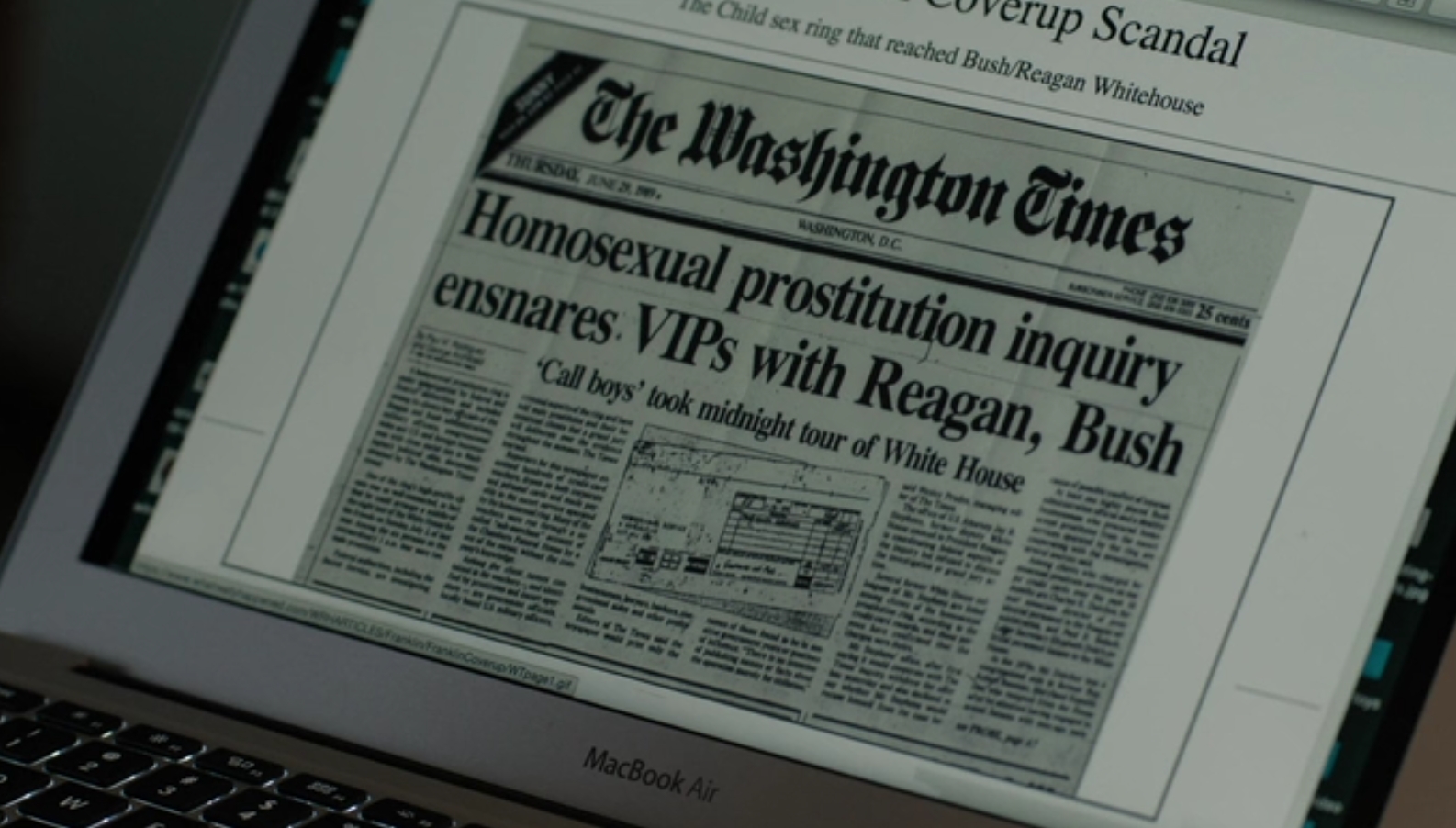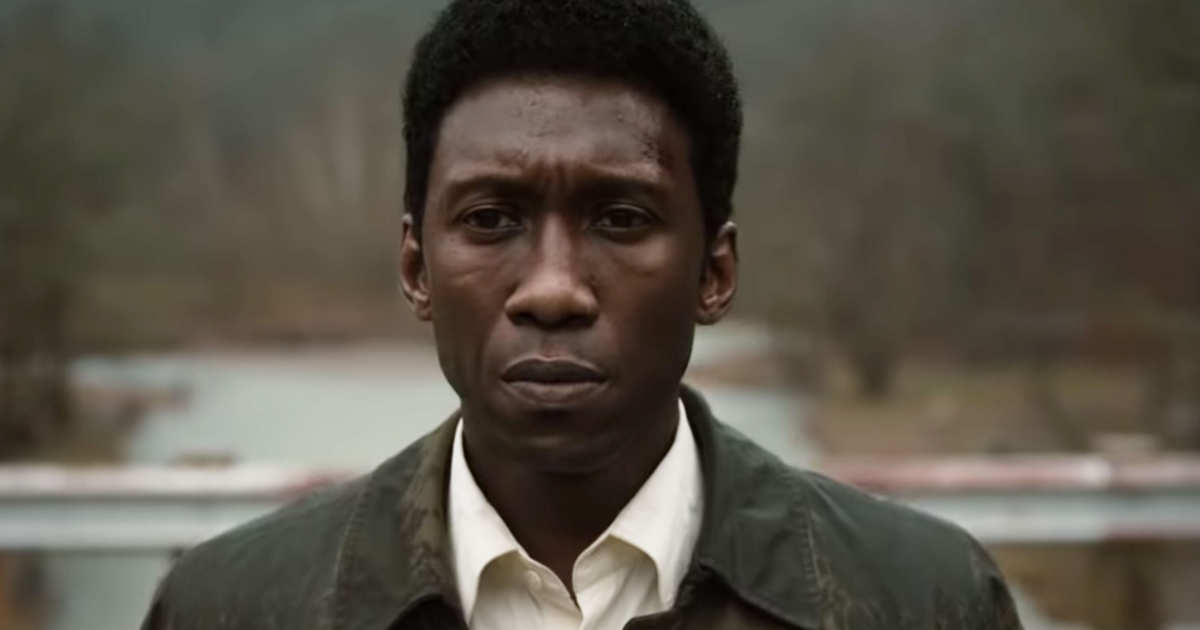
Welcome to our weekly breakdown of the minutia of Nic Pizzolatto’s True Detective. While Brian Grubb provides his always excellent coverage of the series (here’s his write-up of the most recent episode), here — as we have in the past with Breaking Bad, Mad Men, Better Call Saul, and Mayans M.C. — we will look at some of the details viewers may have missed; references to other shows, movies or books; and theories on particular suspects. We scour Reddit threads, social media, and podcasts in an attempt to curate the best intel about each episode.
1. I wrote fairly extensively here about the first couple of seasons of True Detective, but season three is of particular interest to me because of its location in Northwest Arkansas, where Nic Pizzolatto attended college. I am originally from Arkansas, and attended the same university as Pizzolatto, and those of us from Arkansas very quickly spotted one of the state’s landmarks in the title sequence.
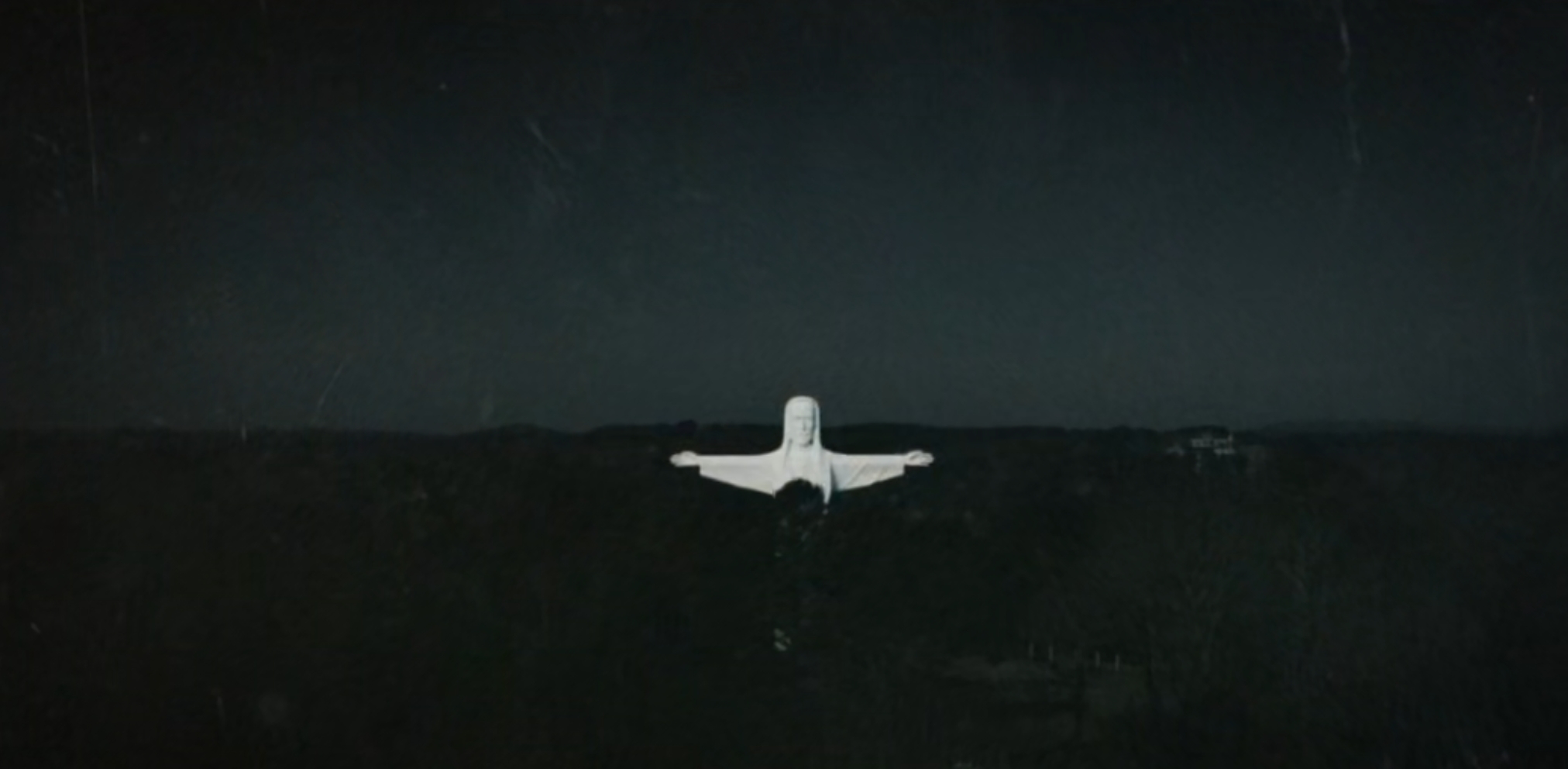
That Christ of the Ozarks Statue is in Eureka Springs, Arkansas, best known for the numerous Passion Plays it puts on each season. In fact, it is religion and poverty that probably best characterizes the area in Northwest Arkansas outside of Fayetteville (where the University is located), and I expect that religion and poverty will ultimately play a major role in the murders, as it did in the first season of True Detective. In fact, the first season was originally supposed to be set in Arkansas, but tax incentives made Louisiana a more attractive place to shoot.
It’s also worth nothing that at least 20 Arkansans have speaking parts in this season of True Detective, so viewers are not just getting a good feel for the location, but for its people, as well. The theme song over the title sequence, by the way, is “Death Letter” by Cassandra Wilson (a good choice, but I might have gone with something moody from Lucinda Williams, who is from the area).
2. Speaking of religion, much is being made about the possible connections of season three to the Satanic Panic of the era and West Memphis Three, three teenagers convicted (and released 18 years later under a plea deal) of the murder of three boys as part of a Satanic ritual. On first blush, this tracks, because there are three teenage boys in the purple Volkswagen — Freddy, Ryan, and Frankie — that clearly seem to be stand-ins for the West Memphis Three, plus the nod to Ryan’s Black Sabbath T-shirt points toward Satanic Panic.
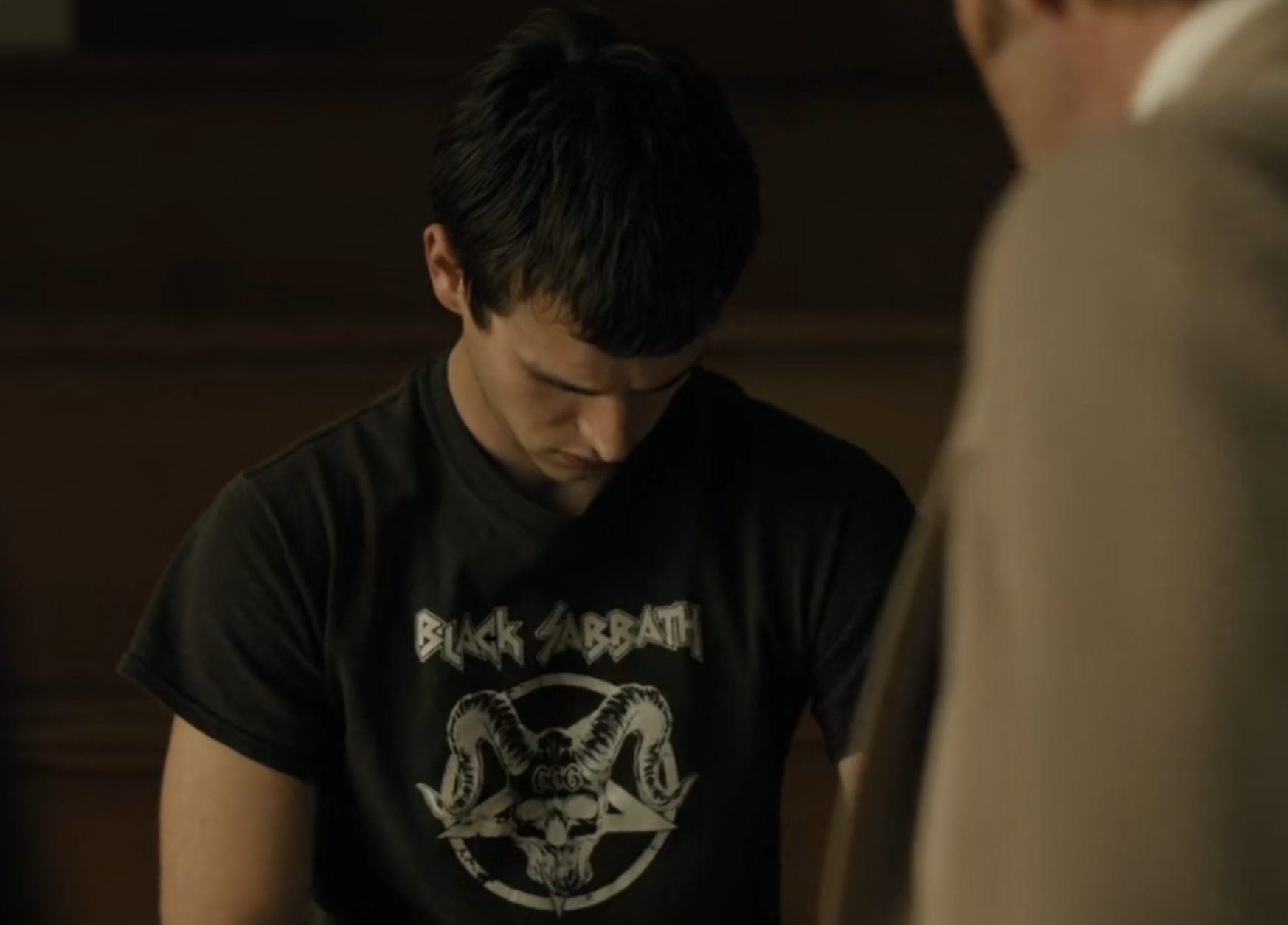
However, in an interview with Entertainment Weekly, Pizzolatto has already dismissed that connection, saying that the West Memphis Three doesn’t inform this season “at all,” and that the story quickly moves past the Satanic Panic.
3. It’s worth noting, too, that while some have suggested the fictional town of West Finger is a nod toward West Memphis, it is more likely a stand-in for the real West Fork, Arkansas, a small town about a 20 minute drive from Devil’s Den, which is the real location where the body of Will Purcell is found (Devil’s Den is a popular destination for spelunkers in Northwest Arkansas).
4. It is also worth nothing that in the same EW interview, Pizzolatto also ruled out unreliable narrators. “If you’re seeing it, it’s reliable. I’m not playing those sorts of games with the audience, where you find out what you saw didn’t really happen, or it was a dream within a dream or something. So he is a reliable narrator.” This is a huge relief, particularly in a show where its lead is suffering from dementia in the 2015 timeline and otherwise capable of feeding the audience unreliable information. In other words, when Hays arrives back at the Purcell home at the end of episode two and sees that is has burned down, that’s not a hallucination or a trick of memory. I believe Hays may be partially or wholly responsible for that fire, and his subconscious brought him back to it for a reason.
Speaking of that, however, I do wonder if Hays’ daughter, Rebecca, has actually moved away, or if Hays’ son Henry can’t bring himself to repeatedly remind Hays that his daughter is dead. We do not yet know circumstances surrounding the death of Hays’ wife, Amelia, nor whether Rebecca died with her (although, that seems unlikely, as Hays doesn’t seem to have any problem remembering his wife’s death).
5. For the purposes of establishing timeline, it is important to note this fact: The kids’ bikes were seen at the party being held by the three teenagers in Devil’s Den. It’s possible that Freddy/Ryan/Frankie simply stole their bikes and left Will and Julie to walk home. However, the fact that the Will’s bike was also found at the scene of his death suggests that Will was probably with his bike the entire time, meaning he was at the party, meaning that he likely died after 9 p.m., when Ryan said that the party ended.
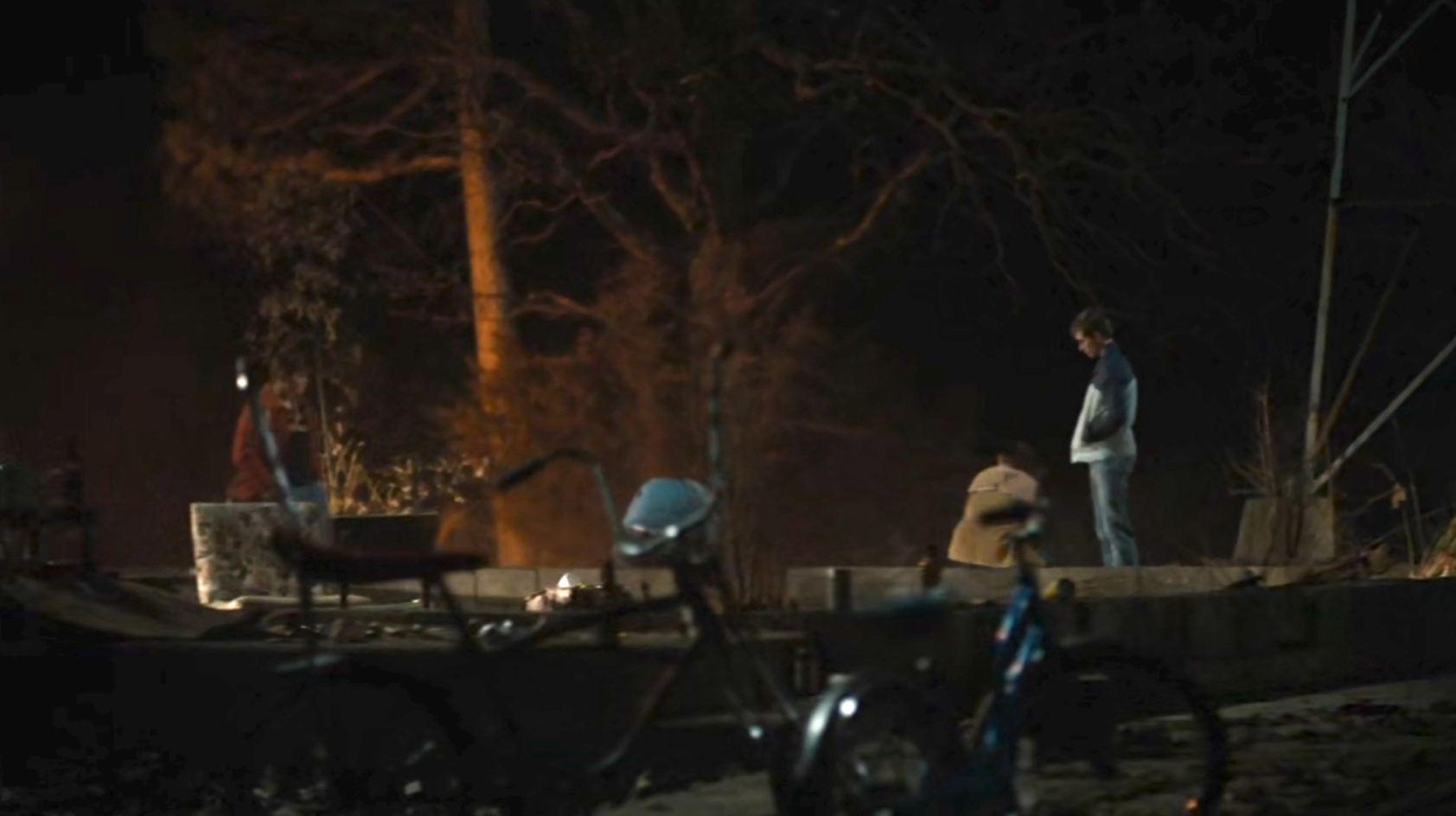
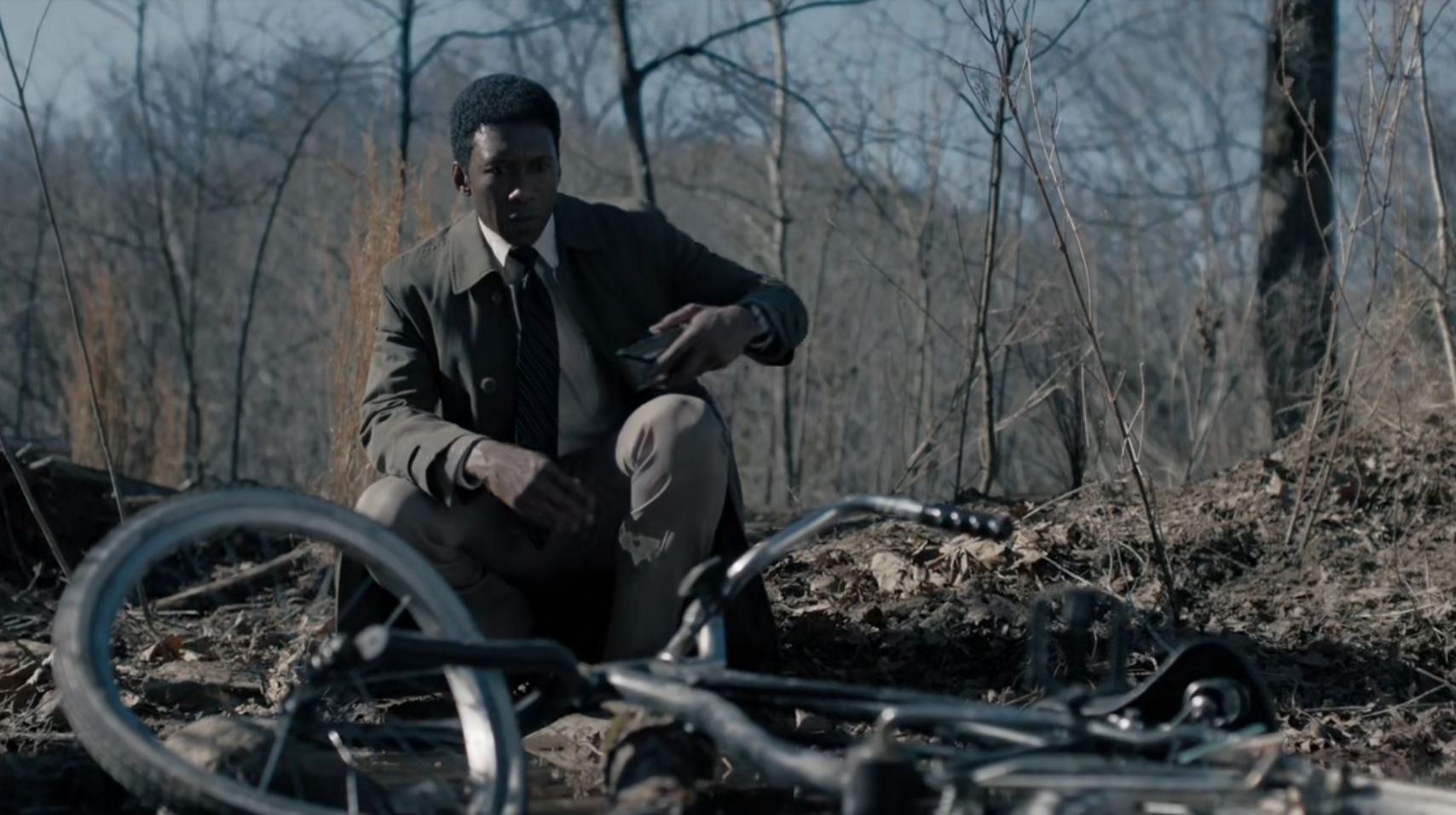
Since they were likely at the party, it’s clear that Ryan, Freddy, and Frankie know more than they have let on. A quick shot of them in the second episode suggests Frankie and Freddy are worried that Ryan has or will say something to the cops that Freddy and Frankie do not want him to say.
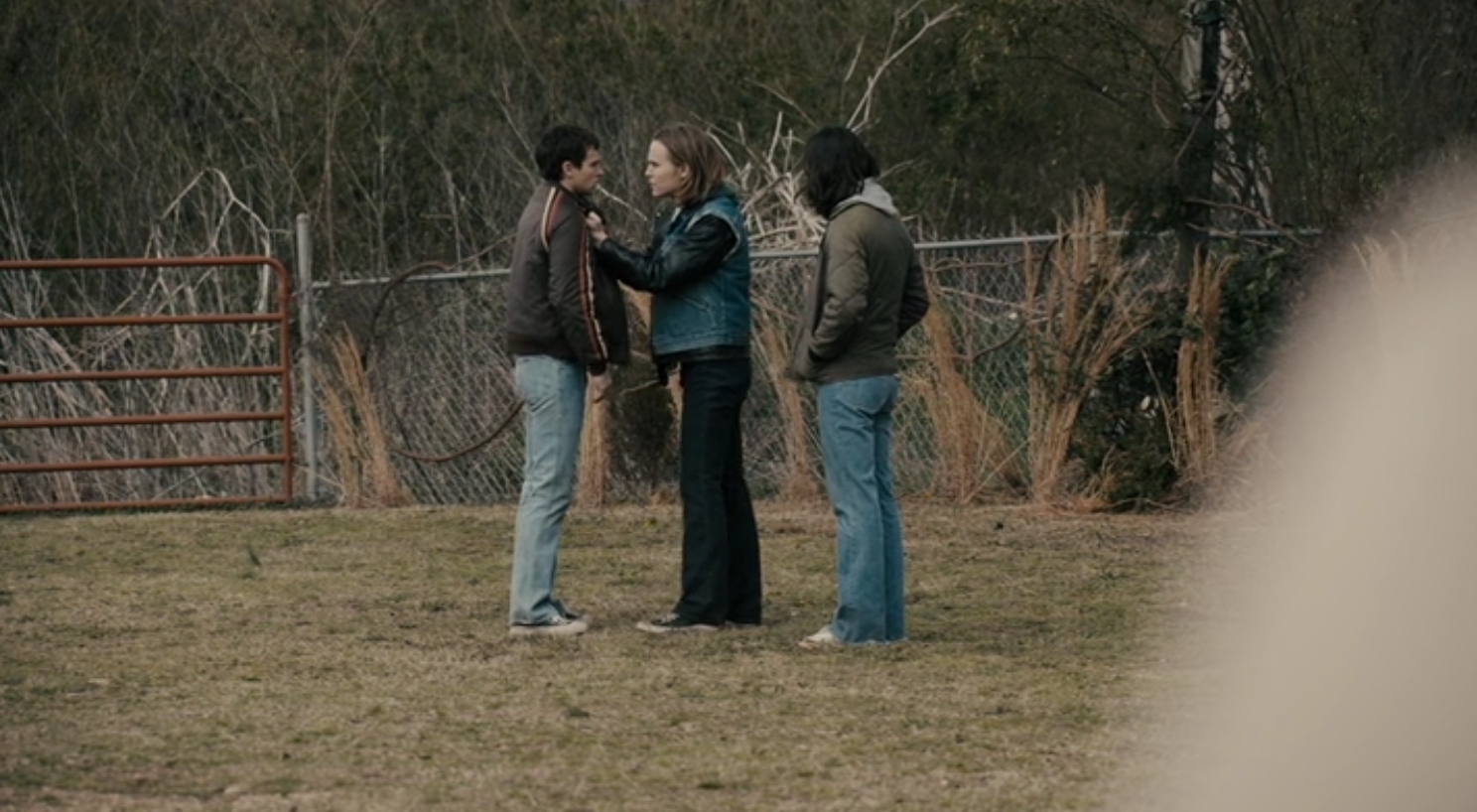
If we dismiss the West Memphis Three angle — as Pizzolatto has suggested we should — that likely means that whoever took Will and Julie has some leverage over Ryan, Freddy, and Frankie in order to convince them not to speak. However, it’s quite likely that their fingerprints are on the bike (or at least that of Freddy, who was playing with the bike at the party) and that they are at least initially accused of the crime.
6. Speaking of being falsely accused, this is from the trailer — and not in the first two episodes — but it’s clear that at least some people believe that the trash man Brett Woodard is responsible, because he gets beat up by locals. I think he’s most likely the Yellow King red herring, but it’s also possible that he’s the one who is wrongfully convicted.
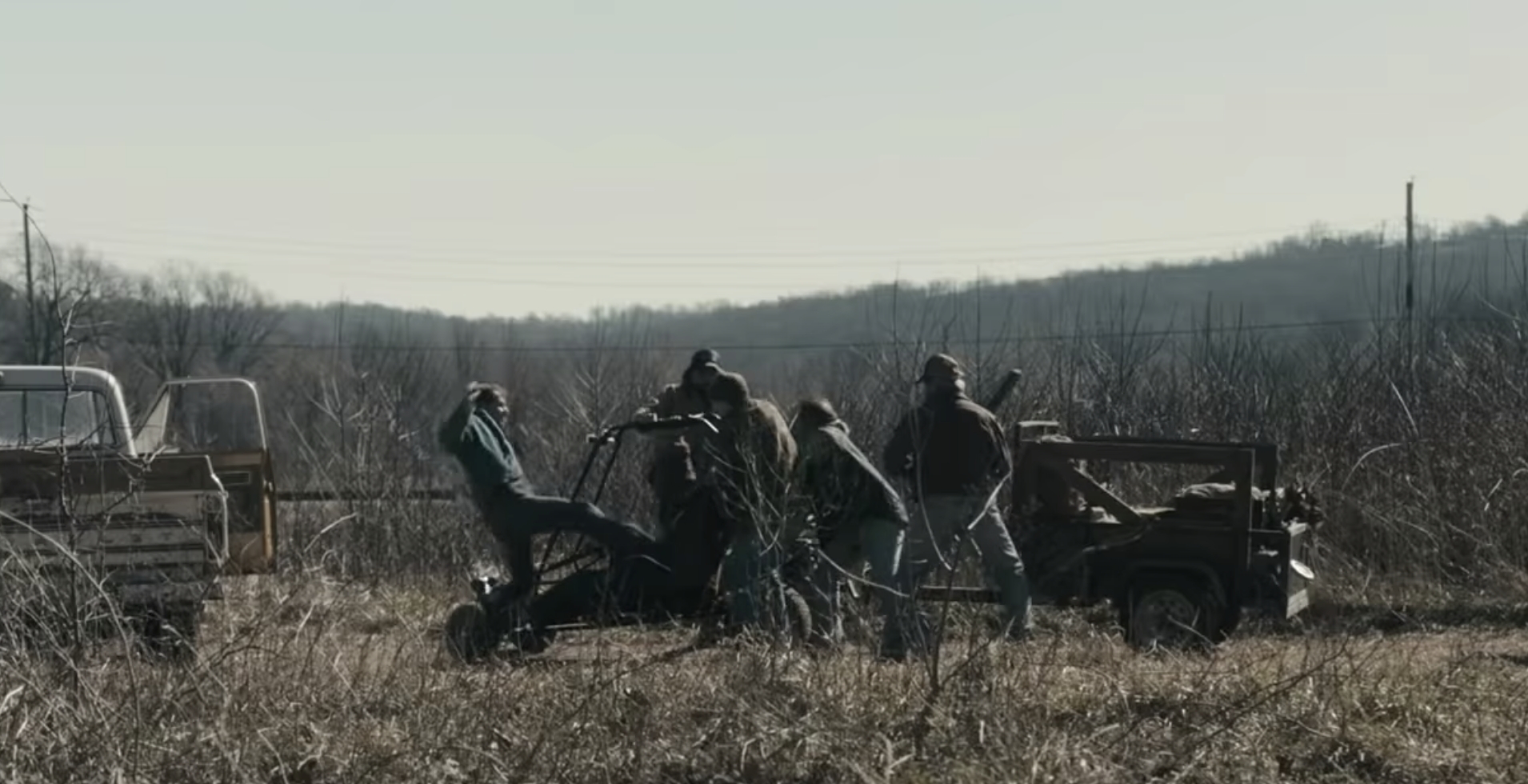
7. This murder board — also from the trailer, and not the first two episodes — strongly suggests two things: Religious themes (note the resemblance between the Carcosa-like dolls and the religious statuary) and that the killer was someone close to Will. How do we know that? Check out his Communion photo on the murder board.
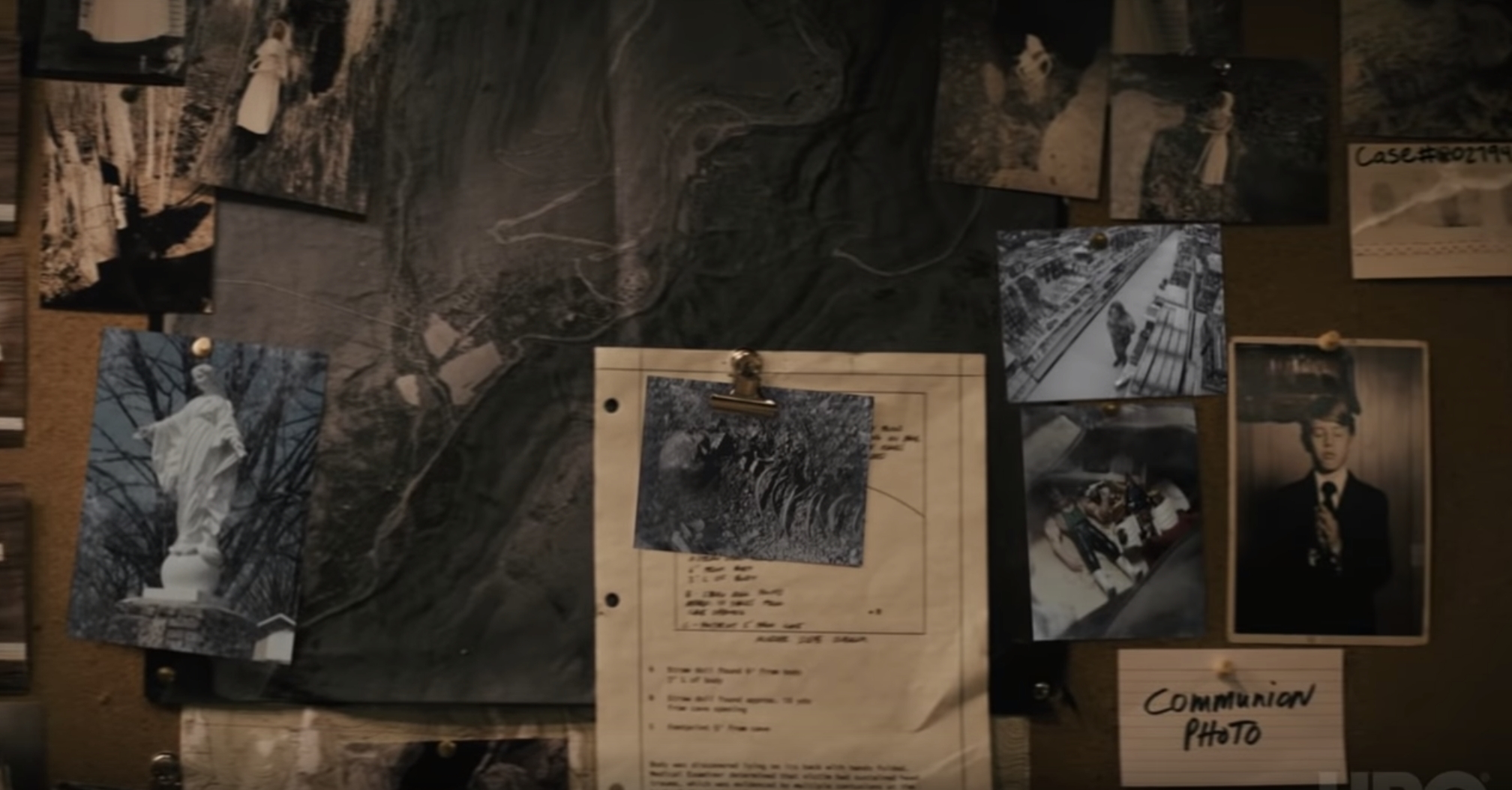
It bears a striking resemblance to the way his body was found.
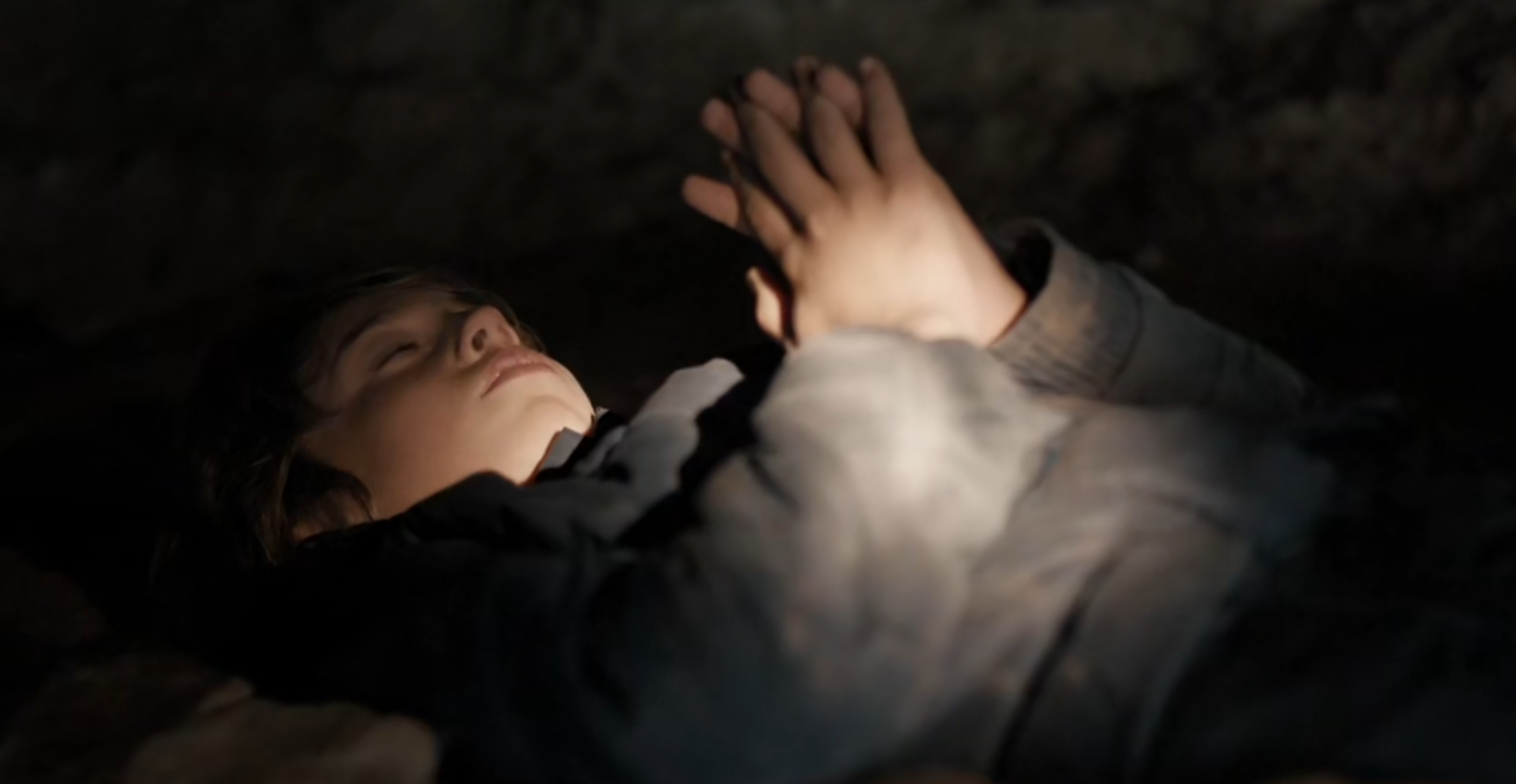
That suggests that the person who killed Will was also at his communion, and therefore close to the family.
8. That brings us to Cousin Dan, the guy the show seems to want us to suspect the most. He stayed in Will’s room. He had dirty magazines. He also had a peephole, and one hell of a sketchy alibi, not least of which because he said he went home to watch CHIPs on the night of Will’s murder. Will’s murder took place on November 7th, 1980. CHIPs was in reruns in November 1980 (most likely because of the actor’s strike) AND CHIPs aired on Sunday nights. Will was killed on a Friday night. Game, set, match: Cousin Dan is your killer.
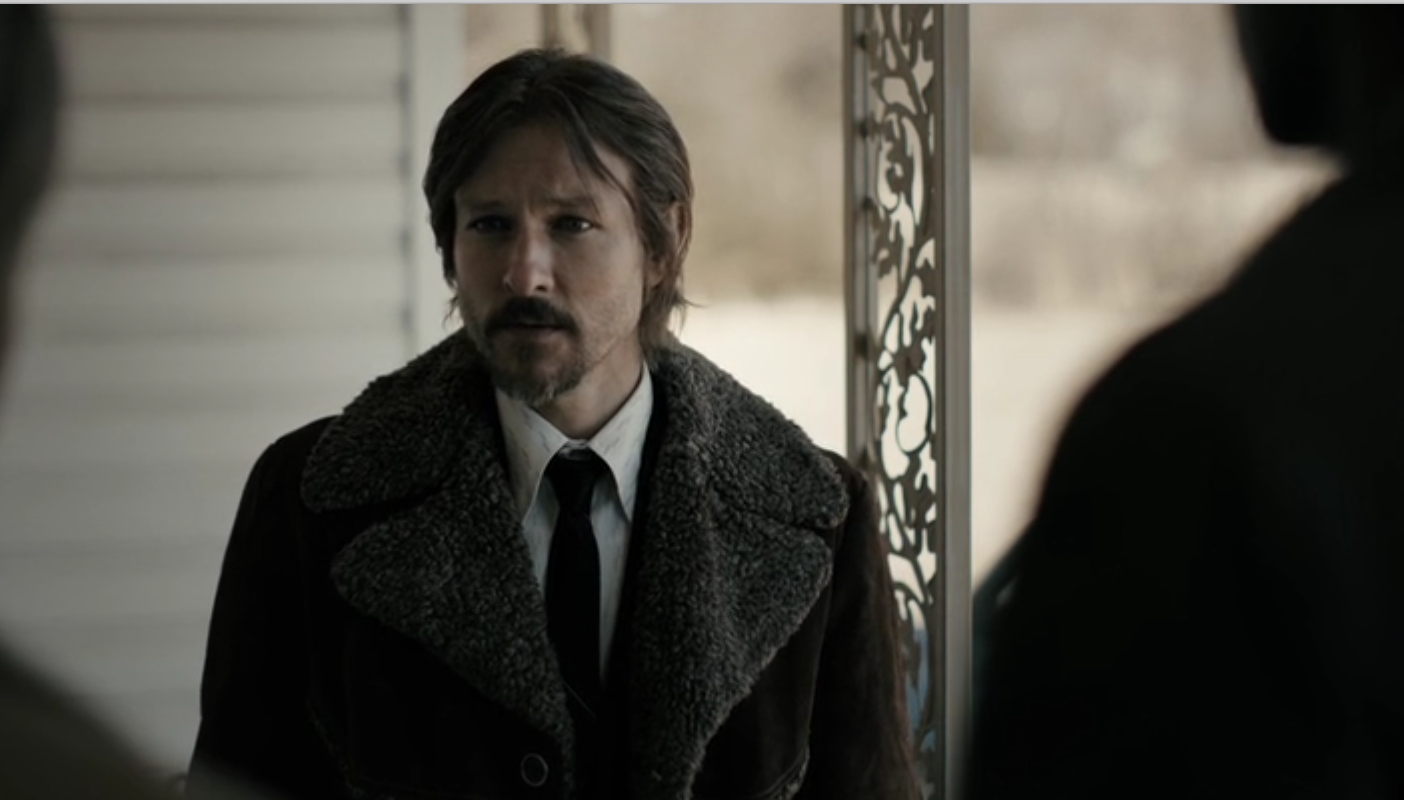
9. But seriously, my strongest hunch is Chekhov’s parent. We learn from Tom’s parents after the funeral that Julie may not be Tom’s child, that she was conceived while Tom was working on an oil rig. It’s possible that Julie’s real father killed Will and kidnapped Julie. Julie’s real father is also likely someone local, perhaps even a neighbor who gave Julie that doll on Halloween and who attended Will’s communion ceremony and who needed to kill Will in order to escape with Julie unnoticed.
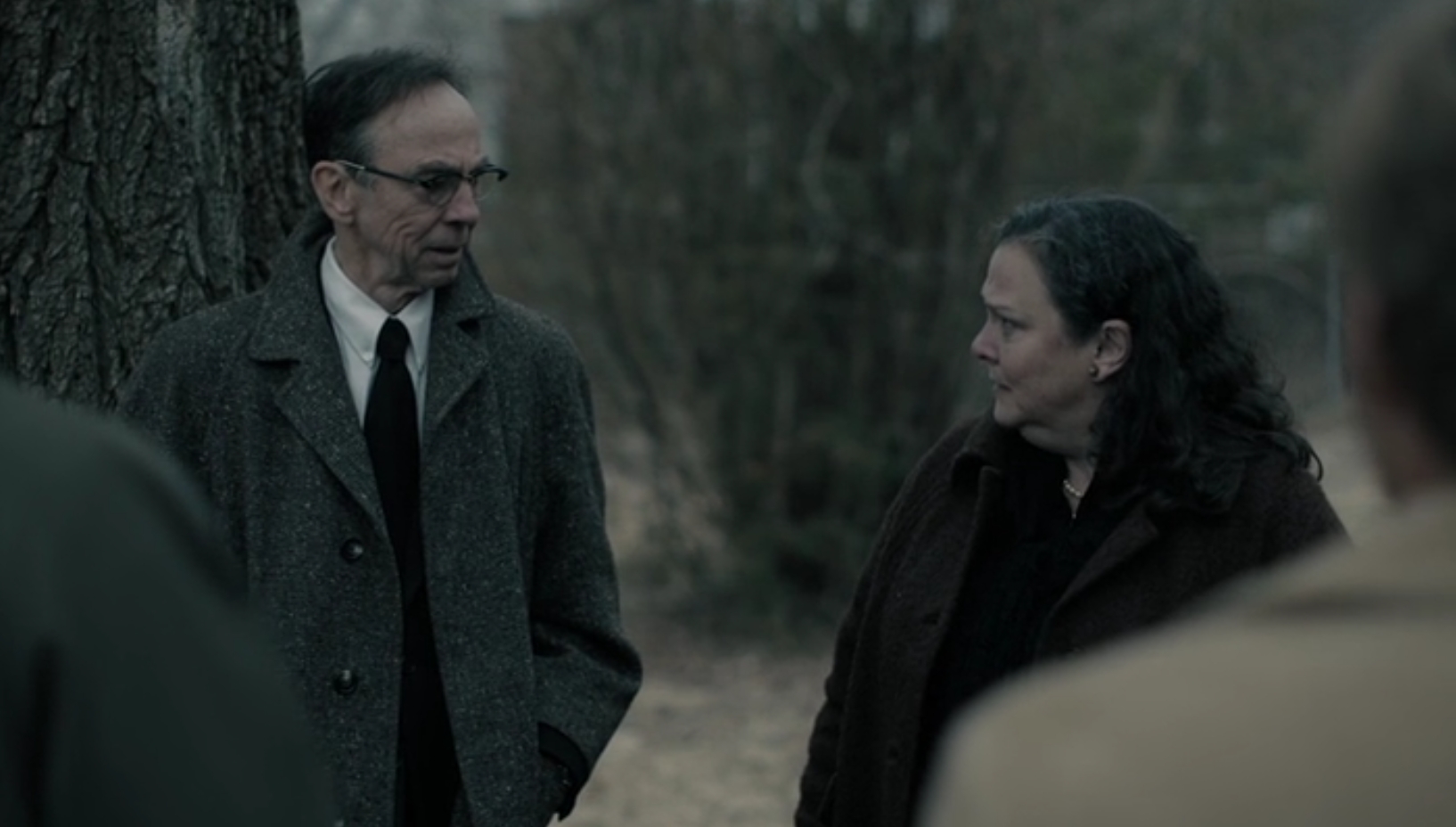
10. Finally, I don’t think this is worth mentioning as anything more than amusing (it’s more of a Season 2 of thing), but with reference to the dolls, the documentarian mentions the “Franklin Scandal,” which is a real thing. It was basically this conspiracy theory involving George Bush, Sr., the Deep State, and a large-scale pedophile ring. It was basically the 1980s version of Pizzagate.
